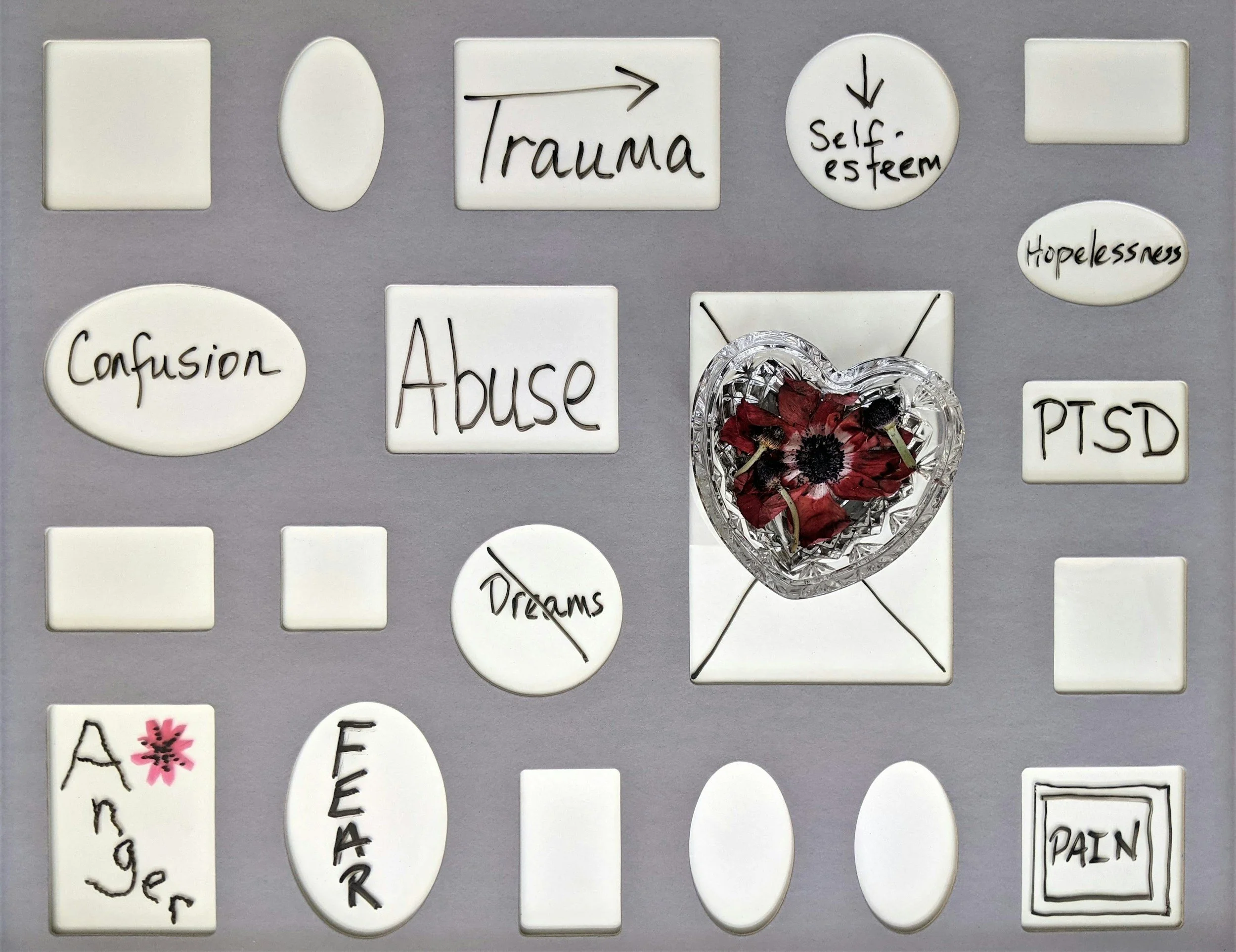EMDR
I offer EMDR both in-person and via tele-health and I’m pursuing certification in EMDR.
What on earth is EMDR?
This is a type of therapy originally designed to treat trauma and PTSD in veterans, we’ve seen benefits with many other issues, such as anxiety, depression, grief/loss, chronic pain, etc.
It’s a relatively new therapy originating in the late 1980s.
EMDR is different from other styles of therapy in that it assumes your brain knows how to process traumatic memories properly if you give it the safe space it needs to do so. So, we cultivate a safe environment to think, feel, and reflect on traumatic experiences.
EMDR is short for “Eye Movement Desensitization and Reprocessing”
What’s the process?
EMDR has 8 phases:
History taking and treatment planning
Preparation: Learn coping skills to cope with scary thoughts and feelings.
Assessment: Identify the event(s) you want to process. We will desensitize one at a time.
Desensitization: The start of reprocessing traumatic memory. Focus on an image that evokes a negative reaction while making eye movements using bilateral stimulation.
Installation: Strengthen a positive belief that you want to associate with the memory. Bilateral stimulation is used here too.
Body scan: Verify that there is no longer disturbance in the body while thinking of the memory by closely turning into the body from head to toe.
Closure: Return to a state of calm.
Reevaluation: We revisit the memory the following week to double check that there is no longer distress associated with the memory. Then we move onto the next one and repeat the process.
What is “bilateral stimulation” (BLS)?
It refers to a stimulus that activates both sides of the brain in a rhythmic, back-and-forth way. In the session, the client focuses on the memory while BLS occurs.
This can happen through:
Eye movements (watching something move left to right)
Tapping (alternating taps on each side of the body)
Sounds (tons alternating between left and right ears)
Buzzers (you hold buzzers while they buzz alternating in each hand)
Last notes on EMDR
EMDR therapy is fundamentally different than talk therapy. While at the beginning there is standard history taking and planning, it is focused very heavily on your own body and emotional experience. While some discussion is helpful, you do not need to speak at length about the trauma, like other trauma therapy models require.



